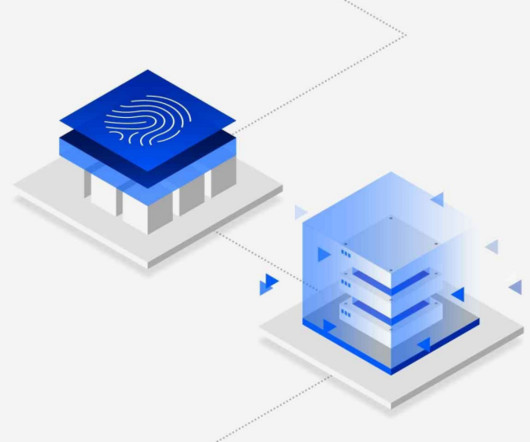Simplifying IAM through orchestration
IBM Business Partners
MAY 8, 2024
The recent validated what many of us in the industry already knew: Identity has become the leading attack vector. What really puts it into perspective is the realization that you are just as likely to have your valid identity used in a cyberattack as you are to see a phishing attack in your organization.

















Let's personalize your content